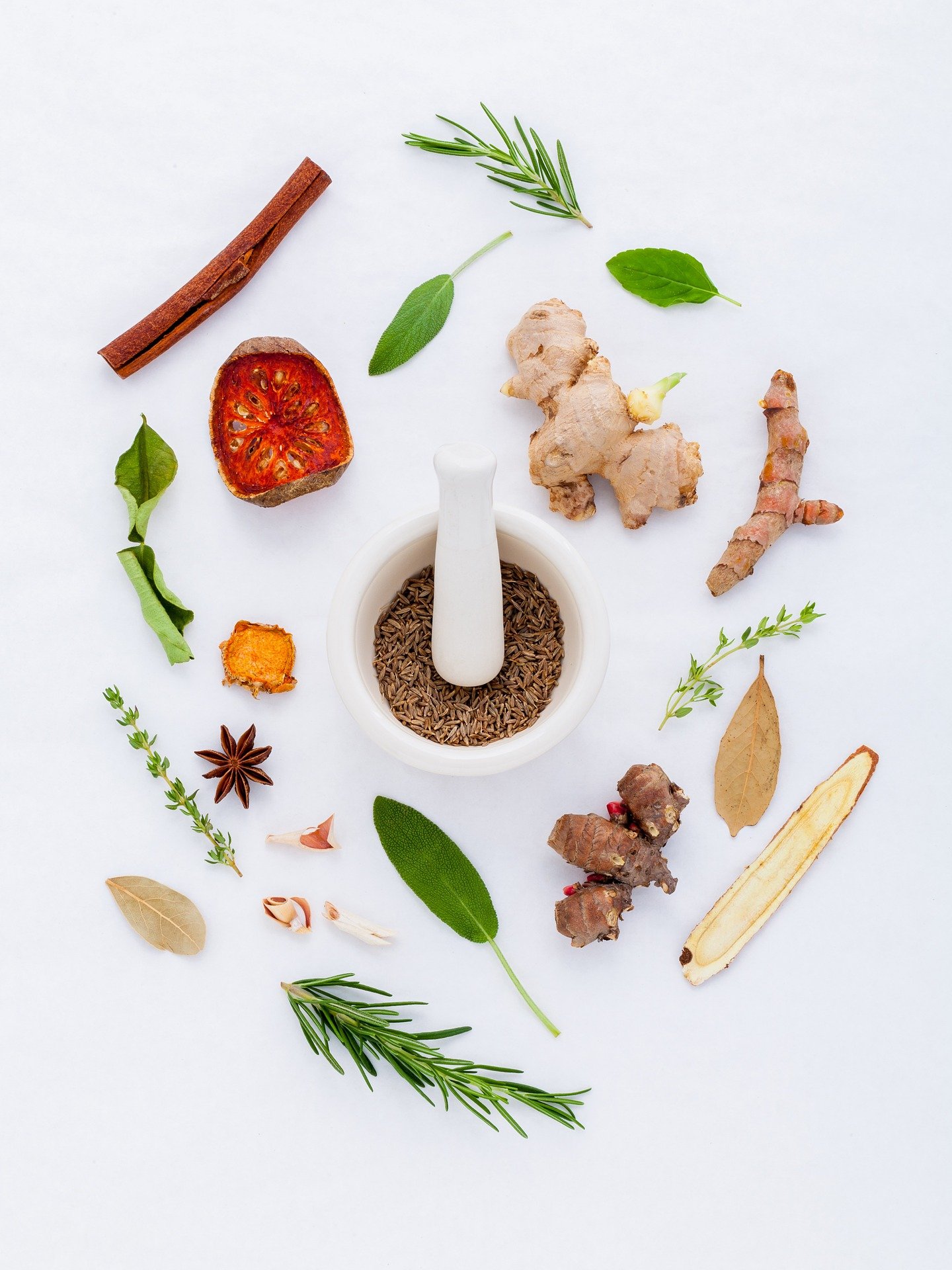Under these conditions, the whey proteins lose their native shape and unravel such that the water‐fearing, hydrophobic interior of the protein ends up facing the air and the water‐loving, hydrophilic portions of the proteins align themselves to face the water portion of the milk. The result is a thin film of protein surrounding small bubbles of air—a foam. The steam doesn’t introduce the air as much as it mixes air with the milk and provides the thermal energy needed to denature the whey proteins. The delicate foams of lattes and cappuccinos not only require denatured protein but also an absence of fat. Fat itself is hydrophobic, and when mixed with denatured protein, the exposed hydrophobic regions of the denatured proteins will preferentially cluster around the fat, which will in turn inhibit the formation of the protein film around the air bubbles.

Because of the higher content of protein and low fat content, low‐fat and skim milk make some of the best milk foams. Butter is the result of overwhipping a heavy cream. The milk fat globules, now mostly stripped of the protective membrane, aggregate and form into a solid mass of fat. Water and proteins left over from the cream are squeezed out of the solid fat (the resulting solid is now called butterfat) with small pockets of water distributed throughout the solid butter.
The milk fat from which butter is produced is made of a range of different triglycerides composed of different fatty acid chain lengths ranging from 18 carbons with one double bond (oleic acid—32% of butter fat) to the short-saturated chain butyric acid representing 3% of the butterfat.

